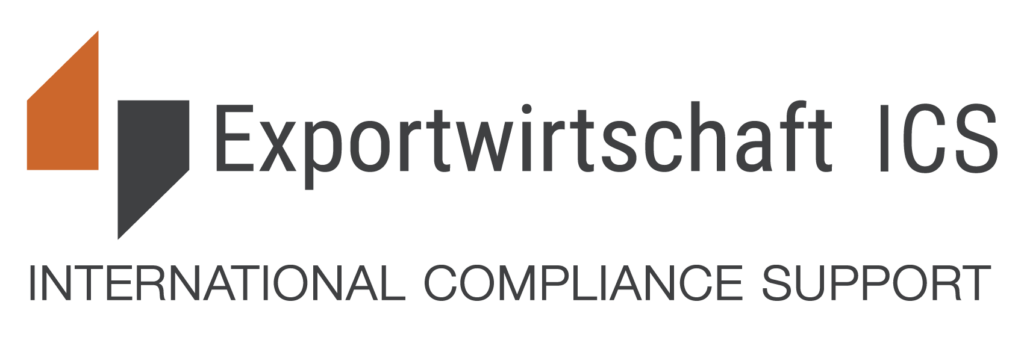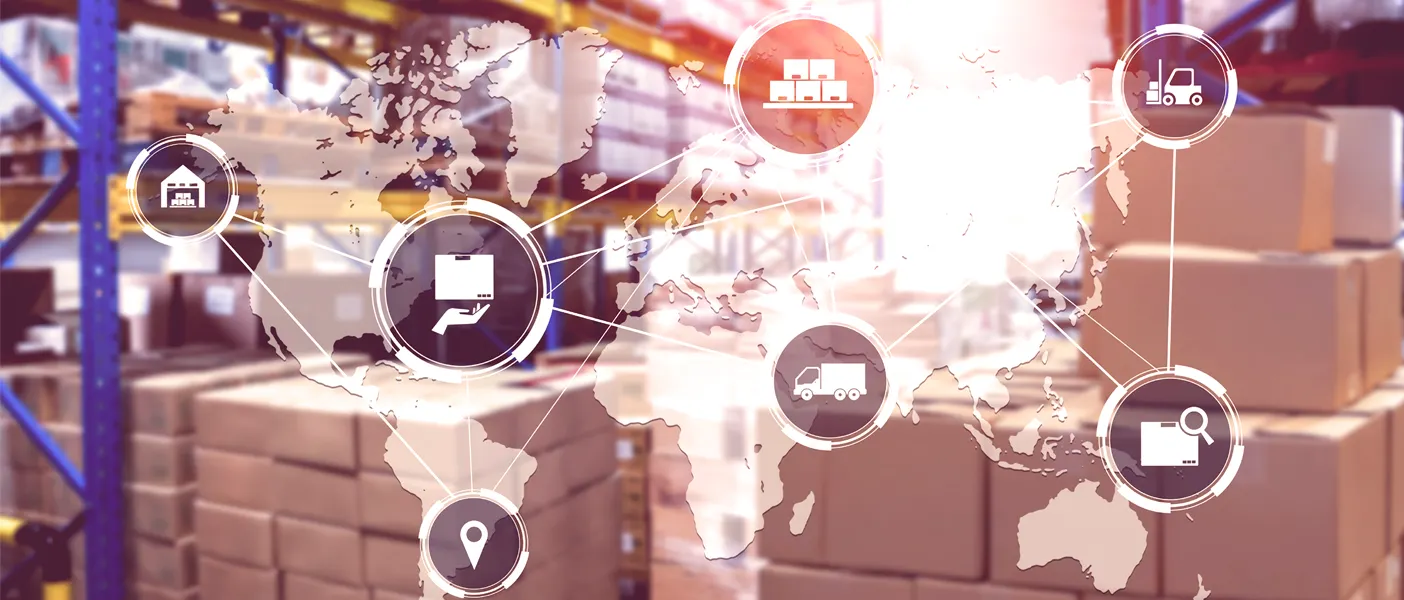Complex international supply chain models often look promising in theory but prove challenging to implement operationally. This is largely due to companies underestimating the necessary provisions for customs and risk-related issues. A prominent example is the current Adidas case, where a conflict that escalated over several years must now be decided in court. The estimated total damage, according to the search warrant, amounts to €374 million in EU customs duties and €716 million in import VAT for the period from October 2019 to August 2024.
The result: a massive financial risk and the looming threat of an extraordinary settlement.
The key question is: How can companies avoid such risks and establish robust customs processes?
Customs Organization as a Foundation: Best Practices for Companies
To create a strong foundation for international supply chains, customs organizations need to be structured and efficient. The following key elements are essential:
- Obtain Binding Customs Rulings: Companies should proactively seek binding tariff information (BTI) and customs value rulings. These provide clear decision-making frameworks and reduce ambiguity with customs authorities.
- Practical Customs Training: To manage and monitor day-to-day operations effectively, companies must invest in comprehensive and practical customs training. This ensures compliance and efficient risk management.
- Data Analysis and KPI Monitoring: Modern data analytics tools help quickly detect inconsistencies and anomalies and enable corrective actions. This ensures:
• Early detection of problems
• Transparency in customs processes
• Precise decision-making - Customs Management Cockpits and KPI Systems: A customs management cockpit provides real-time key performance indicators (KPIs) and status reports, allowing companies to monitor the entire supply chain effectively.
Tools such as SAP GTS already offer standardized reports and alert systems, provided the master data is maintained. Additionally, comprehensive monitoring systems can be built with any ERP system using transactional and master data, supported by advanced data analytics.
Conclusion: Actively Manage Customs Risks
Experience shows that a lack of structure, monitoring, and provisions can lead to significant risks. Companies should seize the opportunity to optimize their customs organizations and introduce modern tools such as data analytics systems and customs cockpits. These measures help not only minimize risks but also improve operational efficiency and supply chain transparency.
Our Recommendation: Build a strong foundation by combining practical customs training with data analytics tools and KPI systems from classic industrial management. Together, these components provide the basis for a balanced and sustainable compliance strategy.
If you have questions or require further information, please feel free to contact us. We are here to support you in future-proofing your customs processes!


